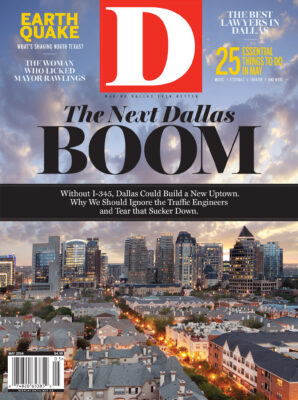
New York
Road: West Side Highway, a 4.7-mile elevated highway running through an urban core
Demolition Timeline: Collapsed 1973; planning and design 1985-1993; construction of new boulevard 1996-2001
Cost: $380 million
Traffic count before demolition: 140,000 cars per day
The West Side Highway was the first elevated highway ever built in the United States. Commuters and traffic engineers alike believed it served an important role in New York’s transportation system, cutting down the west side of Manhattan and connecting major traffic arteries in and out of the city. But after it collapsed and was closed, 53 percent of the traffic that had been using the highway simply disappeared.
“A year or two later, we found that over time people made other choices,” Schwartz says. “Some took another route, some traveled at other times, and some took public transportation.”

a boulevard featuring increased pedestrian and bike amenities.
The impact on the surrounding neighborhoods was almost instantaneous. “It became a gold coast, so to speak,” Schwartz says. “Just removing [the highway] alone added air and light and made it easier to get across the street and developed a sense of connection.”
A new park was added along the river, and the removal of the road helped kick-start the rebirth of neighborhoods such as Chelsea, Tribeca, and the Meatpacking District, which are now among New York’s most beloved and expensive.






